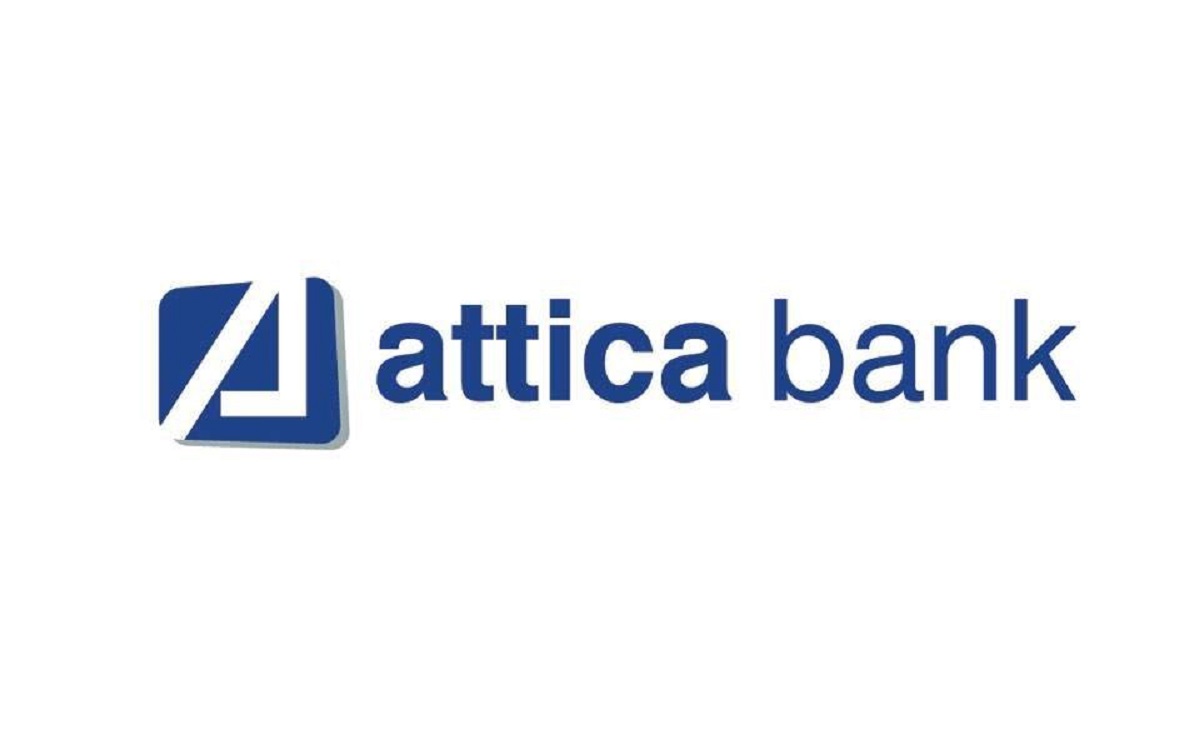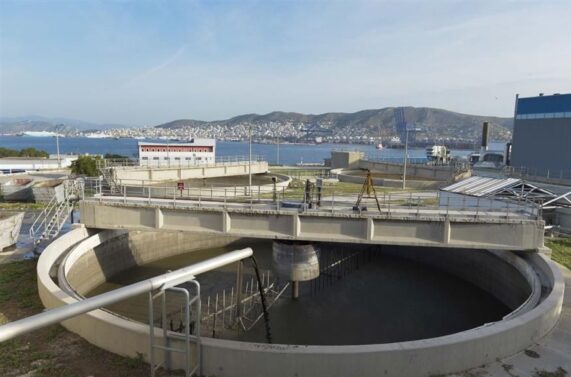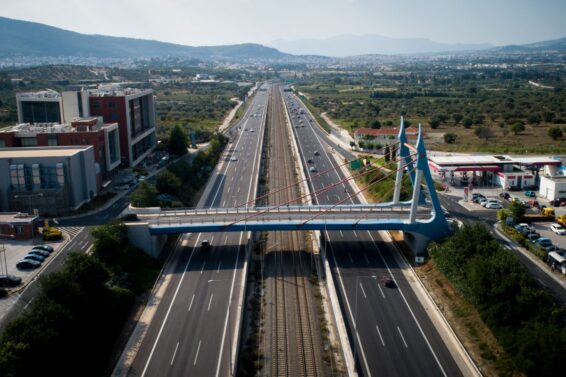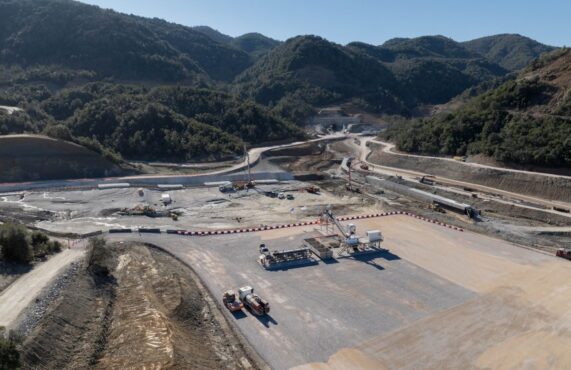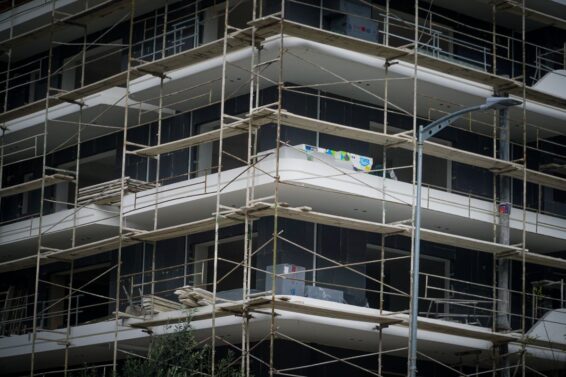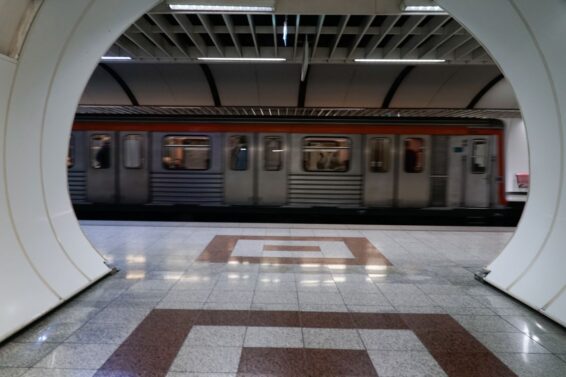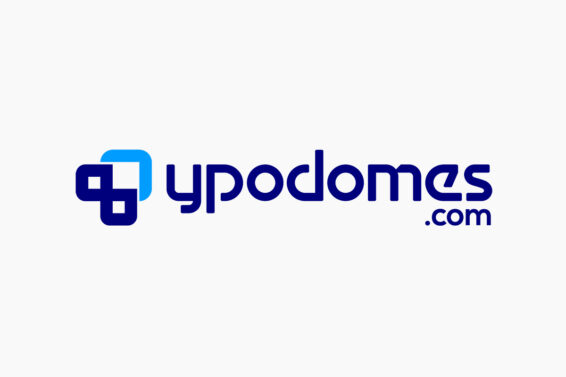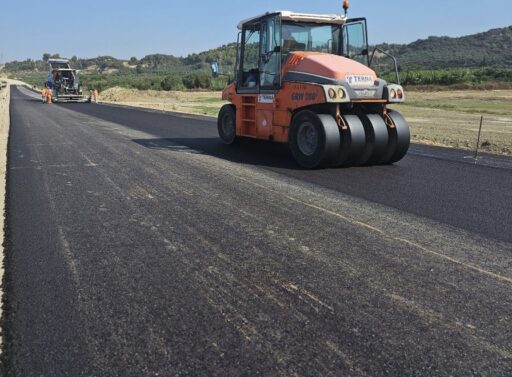GERMANY: Siemens is using 3D printing to reduce its lead times for the supply of customised tram components from weeks to days while eliminating the cost of specialised tooling and the need to keep parts in stock.
Siemens has seen an increase in demand for customised parts, but the specialised production processes mean the cost has often been prohibitive when fewer than 10 of a particular part are needed. ‘Our production services for end-use parts have become much more flexible and tailored to our customers’ needs since we introduced the Stratasys Fortus 900mc 3D printer into our manufacturing process’, explained Tina Eufinger, responsible for Business Development at Siemens Mobility.
‘Before we integrated 3D printing into production, we were forced to produce higher quantities of parts in order to make the project cost-effective. For small volume demands from customers, we would store excess parts until they were used, discarded or became too outdated to use. With the Fortus 900 mc, we can now create a design that is 100% customised to specific requirements and optimised several times before it is 3D printed.
This takes our production time down from weeks to a matter of days, and makes it cost-effective enough to extend our customer service offering to one-off part production.’ Customers can place orders for customised parts online, and these are then 3D printed on demand and delivered. Parts which have been produced so far include driver’s seat armrests and coupler housing covers for Combino trams operating in Ulm.
Source: railwaygazette.com
ΜΗΝ ΞΕΧΑΣΕΤΕ
- Ακολουθήστε το ypodomes.com στο Google News και μάθετε πρώτοι όλες τις ειδήσεις για τις υποδομές στην Ελλάδα
- Αν είστε επαγγελματίας του κλάδου, ακολουθήστε μας στο LinkedIn
- Εγγραφείτε στο Ypodomes Web TV

